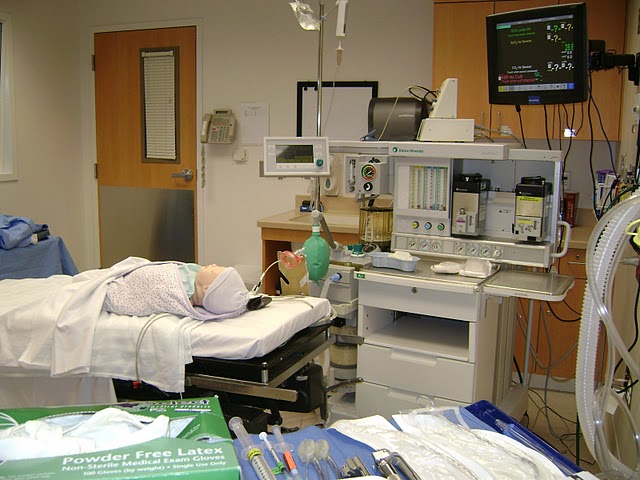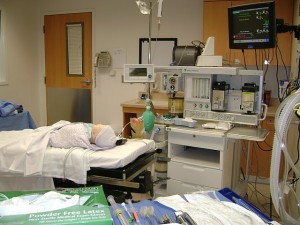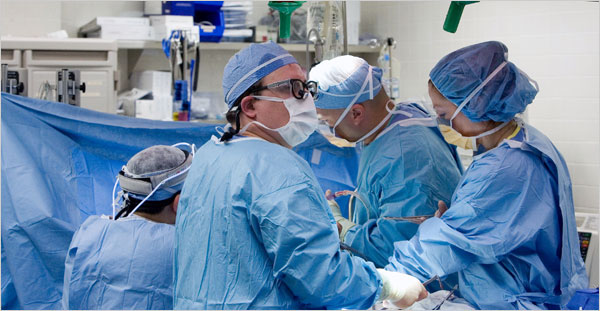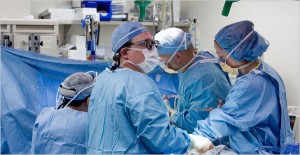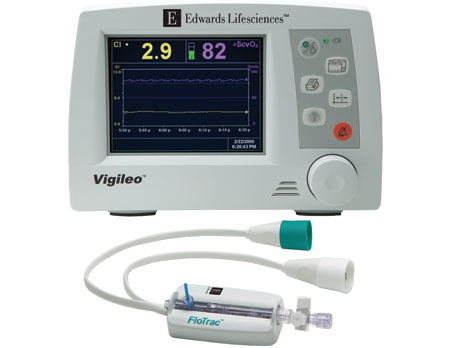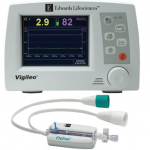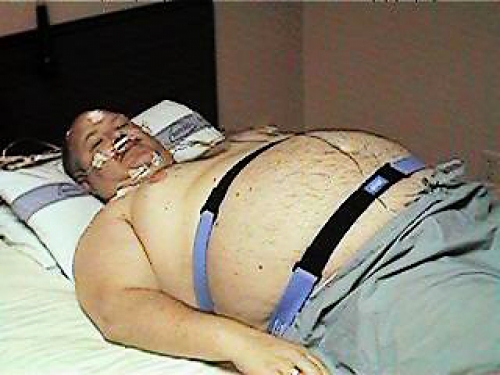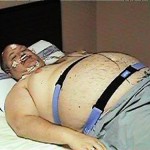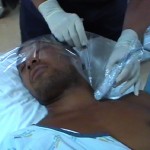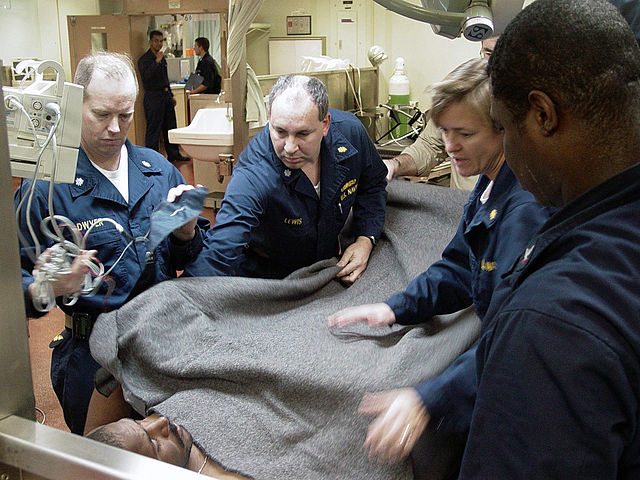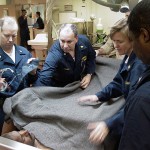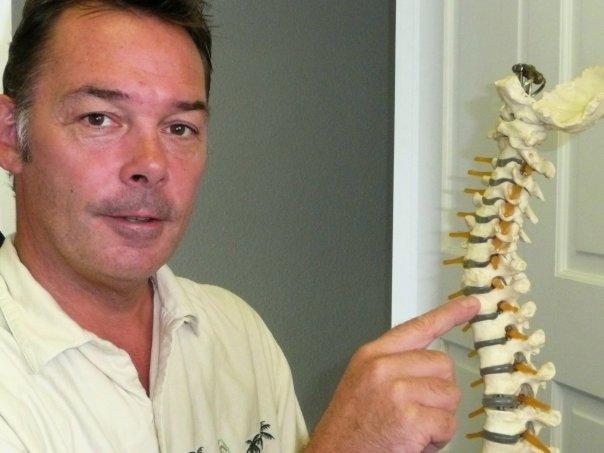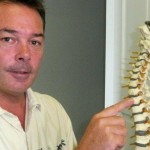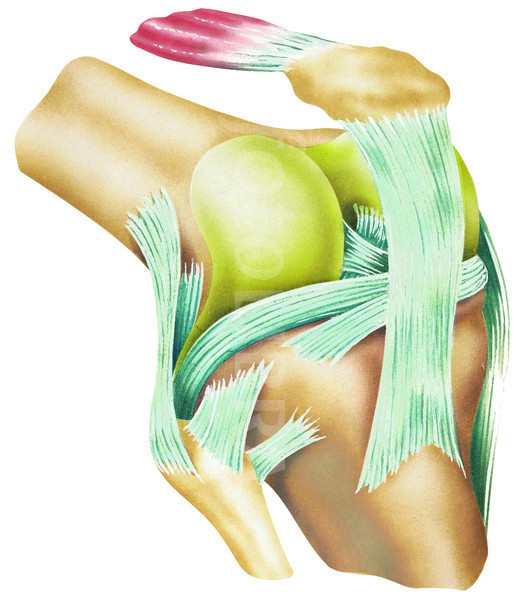By Thomas Davis, CRNA, MAE, Lt. Col,(ret)
Follow @procrnatom on twitter
The road that a person must travel to become a fully certified/credentialed member of a profession is often long and demanding. In addition to gaining a body of knowledge, critical skills and competencies must be mastered in order to gain entry into the career field and successfully establish yourself as a qualified member of the professional community. Effective leaders in a profession must also master essential leadership skills and competencies, and, as with professional proficiency, skillful leadership expertise can be learned.
Skillful leaders have a vision. Develop the ability to formulate a picture for your workplace of the future by acknowledging where you’re at related to where you want to be. Look for areas where minor changes can produce large results moving you toward the workplace you envision. For example, in my own experience, my vision has always been to create a preferred workplace, so I am constantly seeking ways to promote collaboration and mutual respect within the team to achieve our desired future work environment.
Skillful leaders use communication to motivate. Communication is the transfer of ideas and highly effective leaders take this skill one step farther. They share information in such a way that the listener receives information AND is inspired to achieve the goal. Using good humor, warmth and civility to create a sense of imperative as you communicate, helps establish a can-do attitude within your team
Skillful leaders commit. Meaningful change takes time and having the capacity for all-in commitment is both convincing and contagious. Anything less than a commitment to achieving the vision, regardless of the amount of time it takes to get there, will be viewed by your team as a passing fad. An all-in focus on achieving your vision for the team will inspire them to commit along with you.
Skillful leaders resolve conflict. When humans interact, occasional conflict is inevitable. The best leaders aren’t the ones living in a conflict-free zone. They’re the ones who quickly and confidently address issues and achieve democratic resolution. When faced with a disagreement, assemble all the parties, listen to all sides and discuss behavior/agendas in terms of how the vision and greater goal of the group are affected. The best solutions involve compromise.
Skillful leaders acknowledge and reward success. Whether the project is big or small, determine milestones and give recognition to those whose work was important in achieving them. Plan rewards for the team as a whole as well as for individuals and take the time to celebrate. Public recognition of success is motivating and makes your team eager to take on the next project.
leaders display personal integrity. You can’t achieve your goal alone and the quickest way to kill support from your team is to compromise your integrity. Honesty, transparency and fairness every day in every interaction establishes trust. Integrity is both a value and a skill and is absolutely foundational to leadership.
Administrative authority is more than a title. It requires core competencies, and, as in any profession, requires life-long learning. The best leaders learn from every daily interaction, constantly honing their skills at establishing a vision, communicating a plan, motivating the team and celebrating success. The workplace that you create for your team of tomorrow starts with the leadership skills you employ today.
Thomas Davis is a noted leader, educator, speaker and clinical anesthetist.
Build a preferred workplace. Join Tom and a group of healthcare leaders for the values-based leadership webinar. Click here for information.

